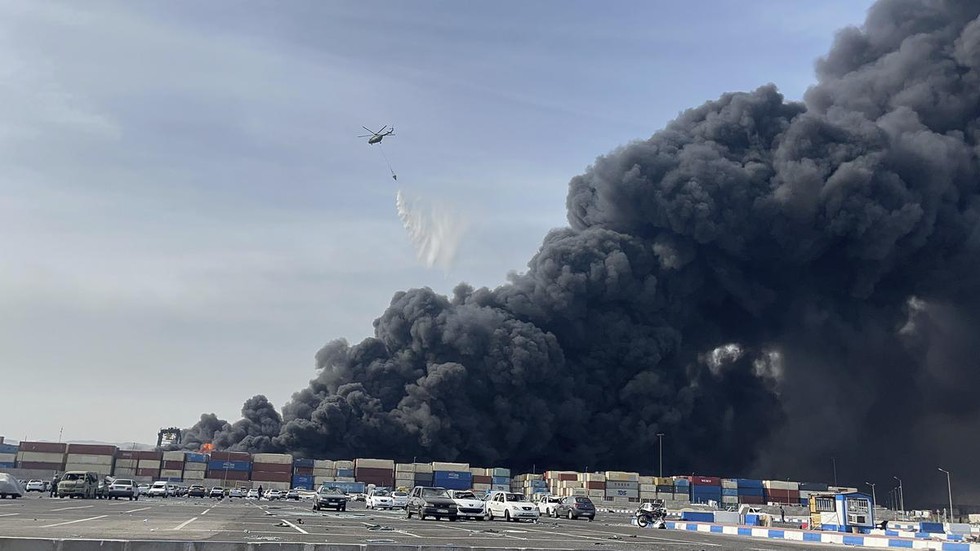About
- Iran, with its capital at Tehran, is a prominent country located in West Asia.
- Iran shares land boundaries with Armenia, Azerbaijan, and Turkmenistan to the north, Afghanistan and Pakistan to the east, Iraq to the west, and Turkey to the northwest.
- Iran has maritime borders with Bahrain, Kuwait, Oman, Qatar, and Saudi Arabia.
- It is bordered by major water bodies, namely the Caspian Sea to the north, and the Persian Gulf and the Gulf of Oman to the south.
Geographical Features of Iran
- Iran's terrain is predominantly marked by the Iranian Plateau, characterised by vast deserts like the Dasht-e Kavir and Dasht-e Lut.
- The country is home to important mountain ranges such as the Zagros Mountains in the west and the Alborz Mountains in the north.
- Mount Damavand, located in the Alborz Mountain Range, is the highest peak in Iran and also the highest volcano in the Middle East.
- Iran's climate varies from arid and semi-arid conditions to subtropical regions, especially along the Caspian coast.
- Major rivers in Iran include the Karun, Dez, Karkheh, and Diyala rivers, essential for irrigation and agriculture.
- Iran's natural resources are abundant and include oil and natural gas, along with coal, chromium, copper, iron ore, lead, manganese, zinc, and sulphur.
Strategic Importance of Shahid Rajaee Port
- Location: The port is located near the Strait of Hormuz, through which nearly 20% of global oil trade passes, making it a critical choke point in global energy security.
- Economic role: It is Iran’s largest and most technologically advanced container port, handling a significant share of the country’s import-export trade.
